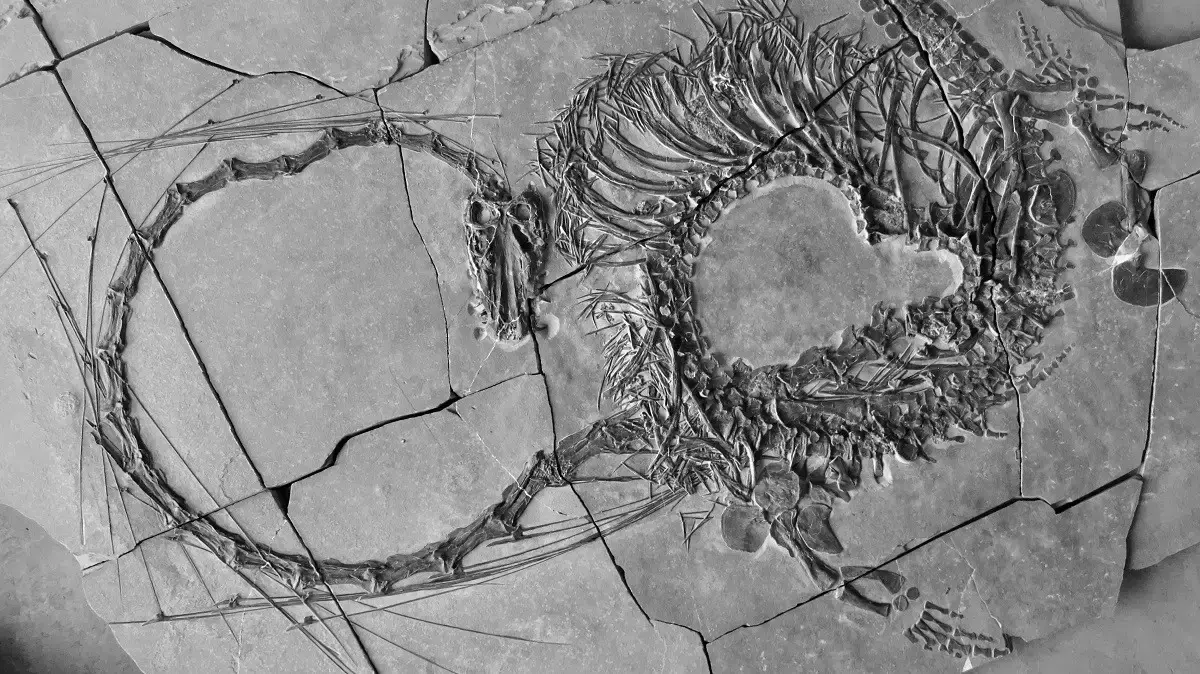Almost 37 years after the disaster at the Chernobyl nuclear reactor in Ukraine, scientists who studied the biological environment of the destroyed reactor discovered that dogs in the area manage not only to survive despite the high level of radioactive radiation, but also to reproduce and live for a long time.
According to the estimates of the scientists, who published their findings in the journal "Science Advances", these are the descendants of the pets that were abandoned by their owners after the disaster, which occurred on April 26, 1986. The disaster killed more than 4,000 people, and it is estimated that the number of deaths caused Directly and indirectly from the disaster in general is about 93 thousand.
One of the hardest places to live on earth.
Dogs in the Chernobyl nuclear reactor,
The great importance of the finding is that through the research, it will be possible to identify methods of survival even in a dangerous and polluted environment, especially if it is one of the most difficult places to live on earth.
In the study, the scientists examined 302 dogs found wandering in the closed area around the reactor, in which dogs were exposed to different levels of radioactive radiation.
This exposure to radiation, which has the potential to cause mutations and damage the DNA chains of the genetic load in dogs, is likely to also cause genetic changes between the dogs being studied and the other breeds of dogs in the world. The scientists intend to conduct further studies in this area, in order to see which mutations have occurred in the same dogs.
In this context, researcher Elaine Ostrander from the National Human Genome Research Institute in the United States, one of the authors of the current study, says that "our research question was how to survive in such a hostile environment for 15 generations born since the disaster."
The researcher Tim Musso, a professor of biology at the University of South Carolina, who participated in the study, also points out that "the cubs contaminated with radiation provide us with an amazing tool to examine the effects of such a hostile environment on all mammals."
The nuclear reactor in Chernobyl, after the disaster, in 1986, photo: AP.
As mentioned, the researchers estimate that most of the dogs in the huge closed area around the destroyed reactor are the descendants of the animals that were abandoned decades ago, and since they probably interbred - it will not be possible to distinguish one individual from another, in terms of the effect of radiation.
Despite this, the researchers were able to identify groups of dogs with varying exposure to radiation.
There are groups of dogs that were exposed to a high level of radiation that live in greater proximity to the reactor, there are groups that were exposed to a medium level of radiation and there are groups that were exposed to a low level of radiation.
"This is a key discovery for him," says Ostrander.
"We were surprised that we could actually identify different families of dogs. In fact, we identified 15 different families of dogs. This allows us to study the DNA of each group and see the differences in the effect of radiation on its members."
A dog near the nuclear reactor in Chernobyl, photo: AP.
were we wrong
We will fix it!
If you found an error in the article, we would appreciate it if you shared it with us








